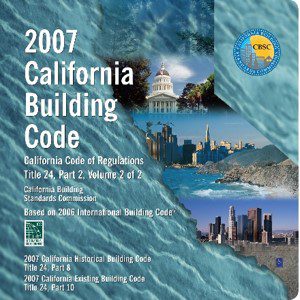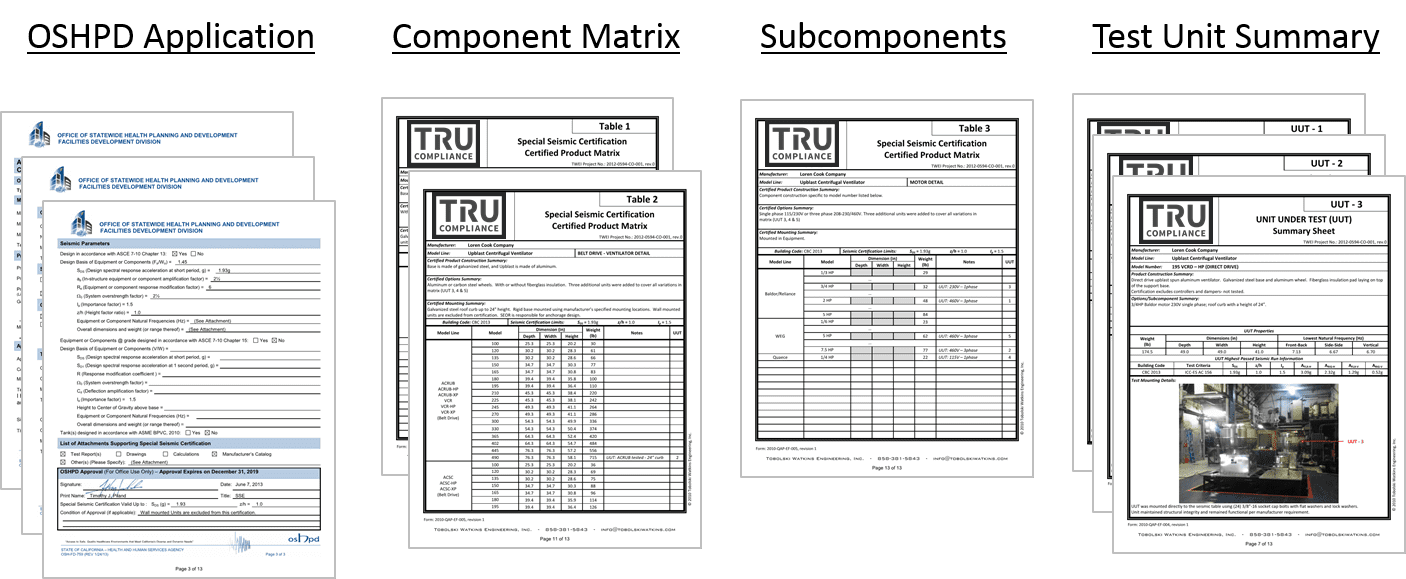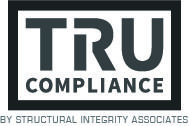CALIFORNIA HCAI CERTIFICATION

The California Department of Health Care Access and Information (HCAI), formely known as OSHPD, has pioneered the enforcement of IBC requirements for special seismic certification. As the first building department in the United States to rigorously enforce code requirements that were in effect nationwide, HCAI has helped to shape an industry. Their leadership in the development of a seismic certification preapproval program was the result of collaboration with engineers, manufacturers and contractors with the goal of delivering more reliable facilities throughout the nation.
HCAI’s involvement in special seismic certification began with the 2007 CBC when California adopted the 2006 International Building Code (IBC). Subsequent to the publication of the code, HCAI issued CAN 2-1708A.5 which provided guidance to engineers on the performance of SSC including the explicit listing of components for which HCAI required SSC at that time. This listing of components was later incorporated directly into the 2010 CBC 1708A.4 and subsequent versions and continues to evolve with each code cycle. Within the current edition of the California Building Code, HCAI has limited the components that require certification, most recently within Section 1705A.12.4 of the 2013 CBC there is explicit listing of components requiring certification.

HCAI OSP PREAPPROVAL
As time went on, HCAI came to the realization that focusing on special seismic certification submittals for each project was cumbersome and not in the industry’s or agency’s best interest. Given this, HCAI made the ambitious move to develop a voluntary preapproval program for special seismic certification compliance on California healthcare projects. This program began in 2008 and is called the HCAI Special Seismic Certification Preapproval, or the HCAI OSP.
The OSP program has grown considerably over the years, starting with a few manufacturers and growing into over 1000 preapprovals to date. The OSP program offers manufacturers a pathway for achieving compliance over an entire product line while also providing for expedited application on projects moving forward. OSPs are a great investment for manufacturers selling products that require special seismic certification but require extensive and thoughtful consideration during program development to ensure it is money well spent. Main features that must be explicitly considered in an OSP include:

Mounting | Manufacturer | Model Line | Material
A key element to a successful OSP program is the early involvement of a CA structural engineer such as TRU Compliance and a preliminary meeting with HCAI to define the scope and means of certification. Additionally, it is critical to work with a consultant that has extensive experience in the development, execution and defense of OSP compliance programs. The team at TRU Compliance has successfully executed over 70 OSP preapprovals through shake table testing of over 500 components and certifying over 10,000 individual systems.
TRU Compliance is the leader in the execution of HCAI OSP listings including the development of product matrices, execution of shake table testing, documentation and approval submittals.
DOCUMENTATION REQUIREMENTS
When making the investment to obtain an HCAI OSP, a substantial amount of documentation must be prepared and submitted for review by HCAI. This documentation ultimately becomes available publicly on HCAI’s website (see here). The basic information that is published includes:
- OSP application – outlines manufacturer and product information, CA structural engineer and seismic certification levels
- Component matrix – presents the main components certified and their size and weights
- Subcomponent matrix – presents all certified subcomponents and model numbers
- Test unit summary – outlines information of each unit tested, seismic parameters, mounting information and subcomponents

